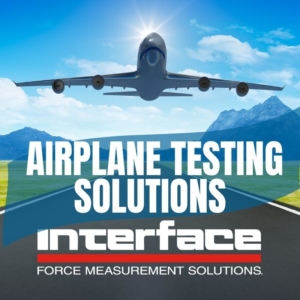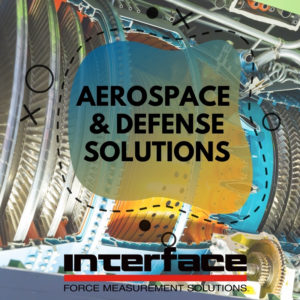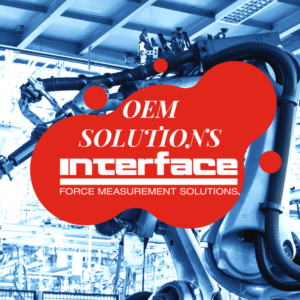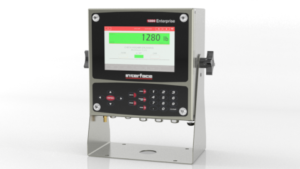Interface Airplane Static Testing Case Study
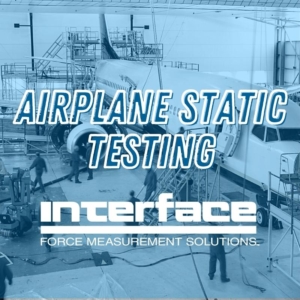 Interface is a preferred supplier of precision force measurement solutions for the aerospace industry and our products are frequently used to help perform critical testing on all types of commercial, industrial, and military aeronautical vehicles.
Interface is a preferred supplier of precision force measurement solutions for the aerospace industry and our products are frequently used to help perform critical testing on all types of commercial, industrial, and military aeronautical vehicles.
During the engineering and manufacturing of all types of aircraft, static testing is commonly used to validate designs and components, measure assembly and affirm performance and regulatory requirements. Accuracy and reliability of any type of sensor and instrumentation used during these tests is vital to the testing programs and ensures the safety for pilots, passengers and the public at large when these vehicles take flight.
What is a static test?
Static testing is a type of structural test which allows engineers to analyze an aircraft’s structural integrity while grounded. This is a useful part of the testing process before taking flight, which helps speed up the certification process as it does not require a completed and fully functional aircraft through the entire manufacturing process for aerospace vehicles.
How does Interface place a role in static testing for aircraft?
Our force measurement solutions such as precision load cells and torque transducers play an important role in static testing as force analysis results are used in nearly all structural tests. Interface manufacturers both off-the-shelf and custom solutions that are used by leading part and aircraft manufacturers. These sensor products are used on a static test stand to test frame structure integrity, endurance, and life cycles, with the goal generally being to validate aircraft design and ensure specified criteria are met. The strict accuracy is necessary because in aerospace, every micrometer and gram make a difference in both the performance and safety of an aircraft design.
Static Testing Applications for Airplane Jacking System and Jet Engine Thrust Tests
In the new Airplane Static Testing case study, we have detailed two application examples and how Interface products are specifically used in in static testing of aircraft. These examples demonstrate how our products are applied and utilized for testing an airplane jacking system and provide a solution for a jet engine thrust test.
In the airplane jacking system static testing application, our WTS 1200 LowProfile® Wireless Load Cells are placed on jack points measuring weights and forces on an aircraft. Our advanced Wireless Telemetry System provided instrumentation to capture real-time data, such as the individual load cells attached to each jack point, or any set alarms that may go off if it has exceeded a certain amount of force.
For the jet engine thrust static testing, Interface’s 1000 High Capacity Fatigue-Rated LowProfile™ Load Cell was best suited for this static testing. The load cell reacted to the thrust forces produced by the jet engine and the signals were collected and recorded to create a “thrust curve” of the engine.
To read the Airplane Static Test case study it in full, go here.
To learn more about the many ways Interface can serve the aerospace industry with premium force products and total solutions, watch this video to see the types of products we supply for static and other test and measurement programs in this industry.
Additional Resources
Examining Interface Aerospace Industry Solutions
Solutions Provider for Aerospace & Defense
Taking Flight with Interface Solutions for Aircraft Testing
Aircraft Screwdriver Fastening Control
Aerospace and Defense Industry Solutions
Aerospace and Defense Case Study
